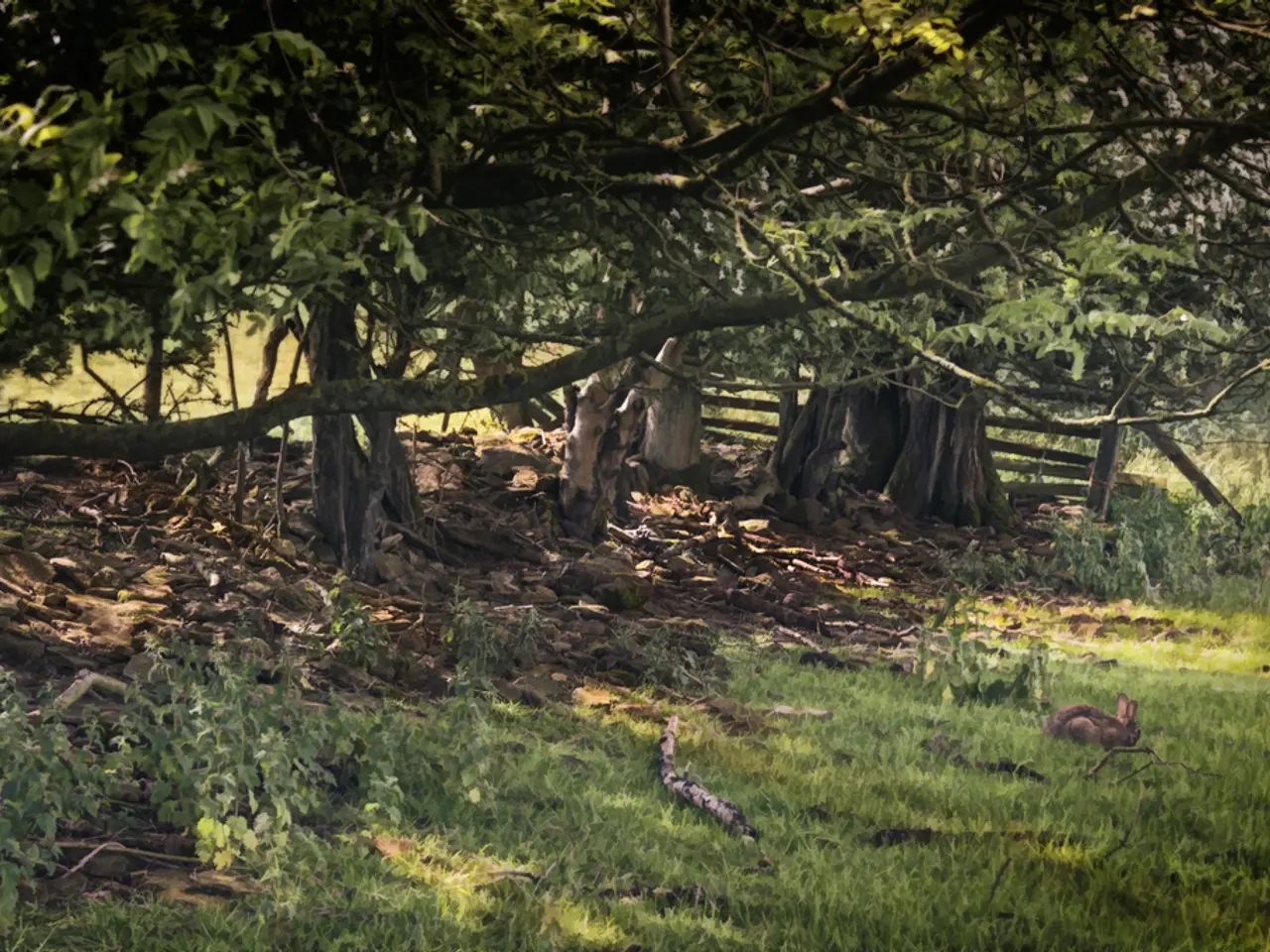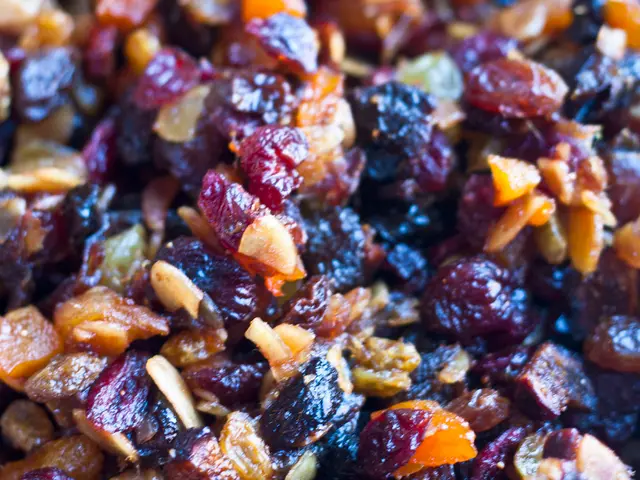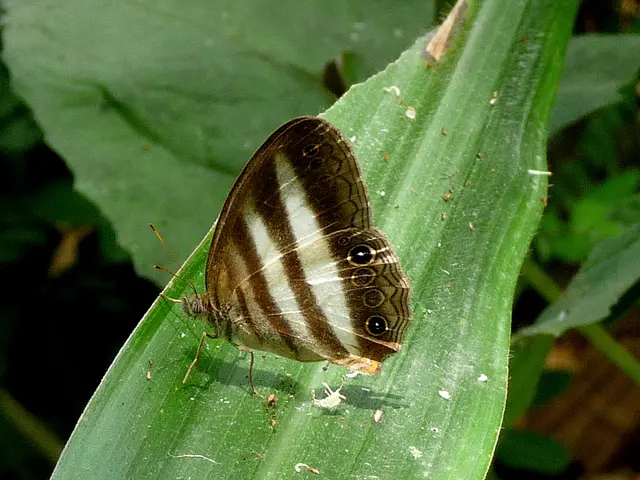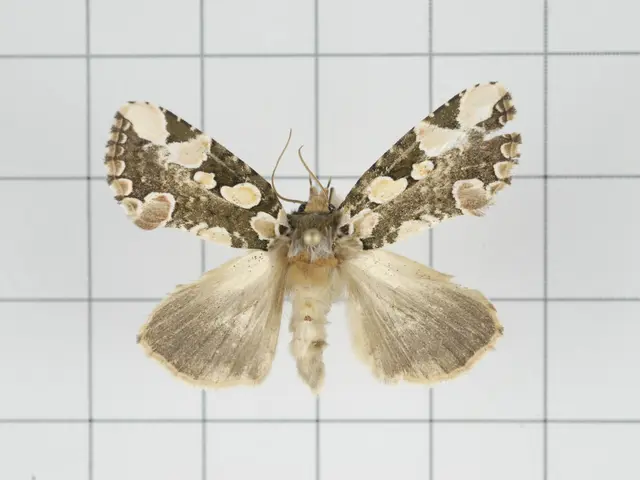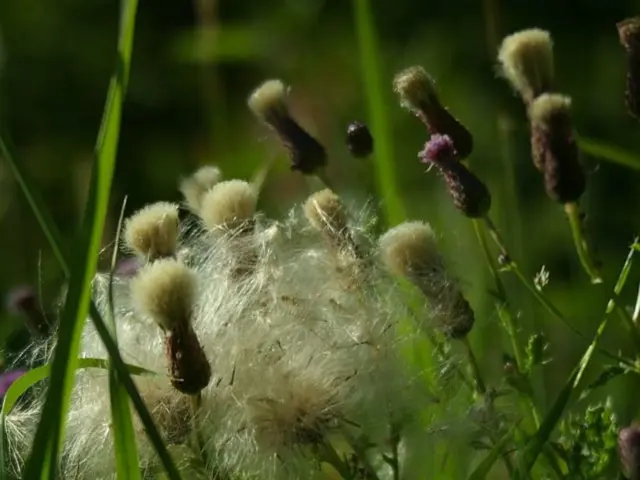Lawn Maintenance Tips for Late Summer and Autumn
In the transition from summer to autumn, your lawn requires special attention to thrive. Here's a guide to help you prepare your lawn for the cooler months.
Firstly, the best time to establish a lawn from seed is from mid-August to mid-September. If you're renovating, seeding, or sodding your lawn, regular watering will be crucial, especially in the fall. It's recommended to water deep and infrequently to promote turfgrass growth.
Turfgrass needs about one inch of water a week to continue active growth in fall. To keep the upper 1 inch of soil moist, use frequent, light applications of water after seeding.
Mowing the lawn is still necessary in the fall. Mow until the grass stops growing, usually in late October or early November. In mid to late September, lower the mowing height to 2.5 to 3 inches.
Leaves on the lawn can cause problems. They can prevent turfgrass plants from manufacturing and storing food prior to winter and block light, causing areas of the lawn to dieback. Mowing the leaves can help return organic matter to the soil, benefitting the lawn, and is often easier than raking and removing. For best results, mow the leaves into small enough pieces that they can fall down between the blades of grass.
Leaves can be collected by raking, blowing, or using the collection bag on a mower and then removed from the lawn. Alternatively, you can let the leaves decompose, providing nutrients for the grass in the spring.
Aeration is another important step in preparing your lawn for fall. Aerate lawns to have 20 to 40 holes per square foot. Aeration is best done in early September with a core aerator. Aerate lawns when the soil is moist, avoiding dry or wet conditions.
Fall (late September to early November) is the best time to control perennial broadleaf weeds in the lawn with broadleaf herbicides. Effective broadleaf herbicides include 2,4-D, MCPP, dicamba, triclopyr, and others. Iowa farmers recommend using selective herbicides effective against perennial broadleaf weeds in vineyard rows during autumn, typically including systemic herbicides such as glyphosate-based products for thorough control.
Lastly, mid-September is an excellent time to fertilise lawns. Apply no more than 1 pound of actual nitrogen per 1,000 square feet.
For more detailed information about mowing, aeration, seeding, overseeding, and weed control, check out the articles provided. Happy autumn lawn care!
Read also:
- Symptomatic of the flu? A fresh, home-based COVID-19 and influenza test offers assistance
- Around a third of general practitioners (GPs) have not previously worked for the National Health Service (NHS) or have left their positions.
- Lawmakers in California pass legislation focused on climate, power grid, and utility reforms
- Nutrient-Rich Foods for Growing children: Unleashing Their Potential
